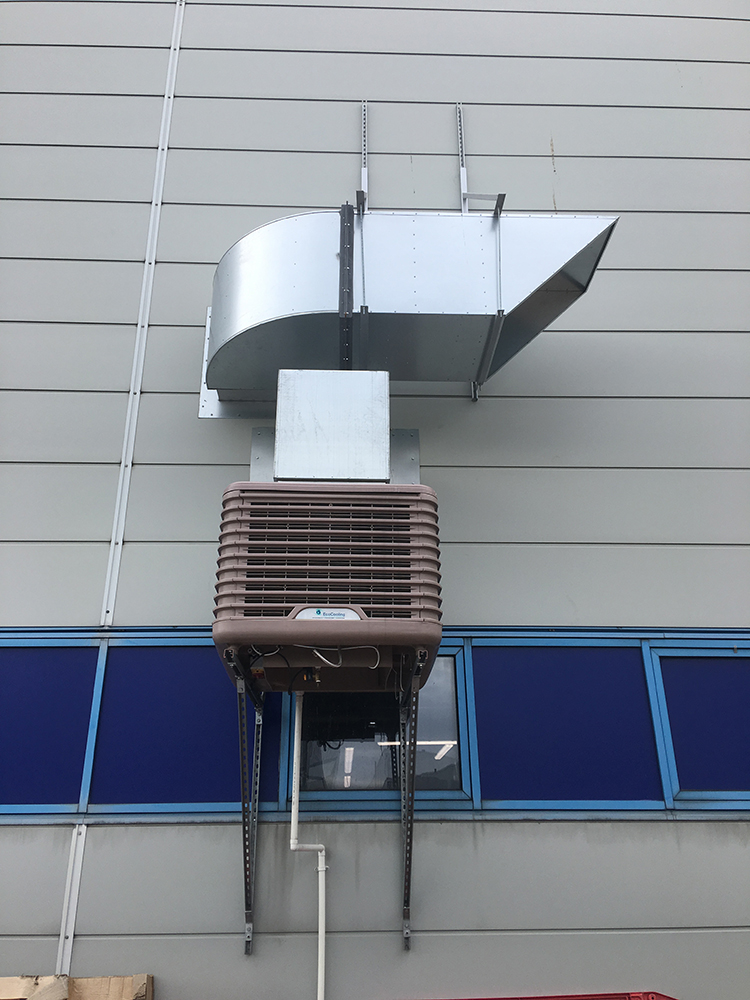Proper ventilation is crucial for maintaining a healthy and comfortable indoor environment. In this blog post, we will delve into the world of ventilation systems, exploring the two main types and their unique features. Whether you are a homeowner, a building manager, or simply curious about ventilation, this comprehensive guide will provide you with valuable insights and practical knowledge.
- Mechanical Ventilation Systems:
Mechanical ventilation systems are designed to actively remove stale air and introduce fresh air into a space. They rely on mechanical equipment such as fans and blowers to facilitate air movement. Let's explore two common types of mechanical ventilation systems: a. Exhaust Ventilation:
Exhaust ventilation systems work by expelling indoor air pollutants directly to the outside. They typically consist of exhaust fans strategically placed in areas prone to high levels of pollutants, such as kitchens and bathrooms. These fans create negative pressure, drawing out contaminated air and promoting fresh air intake through natural openings or dedicated air inlets. b. Supply Ventilation:
Supply ventilation systems, on the other hand, focus on supplying fresh outdoor air into a space. They utilize fans to introduce filtered and conditioned air, improving indoor air quality. Supply ventilation systems often work in conjunction with exhaust systems to maintain a balanced airflow and prevent excessive pressurization or depressurization. - Natural Ventilation Systems:
Natural ventilation systems harness natural forces, such as wind and temperature differences, to facilitate air exchange. They do not rely on mechanical equipment and are often used in conjunction with mechanical systems for optimal performance. Let's explore two common types of natural ventilation systems: a. Wind-Driven Ventilation:
Wind-driven ventilation systems utilize the force of wind to create pressure differences and induce airflow. They typically consist of strategically placed openings, such as windows, vents, or louvers, that allow wind to enter and circulate within a space. By carefully designing the size, location, and orientation of these openings, effective natural ventilation can be achieved. b. Stack Ventilation:
Stack ventilation systems rely on the principle of buoyancy to drive airflow. Warm air naturally rises due to its lower density, creating a stack effect. This effect can be harnessed by strategically placing openings at different heights to facilitate the upward movement of warm air and the intake of cooler air from lower levels. Stack ventilation is particularly effective in tall buildings or spaces with significant temperature variations.
Conclusion:
Understanding the two types of ventilation systems, mechanical and natural, is essential for creating a healthy and comfortable indoor environment. While mechanical systems offer active control and precise airflow management, natural systems harness the power of nature to provide sustainable and energy-efficient ventilation. By considering the specific needs and characteristics of your space, you can choose the most suitable ventilation system to ensure optimal air quality and occupant comfort.

